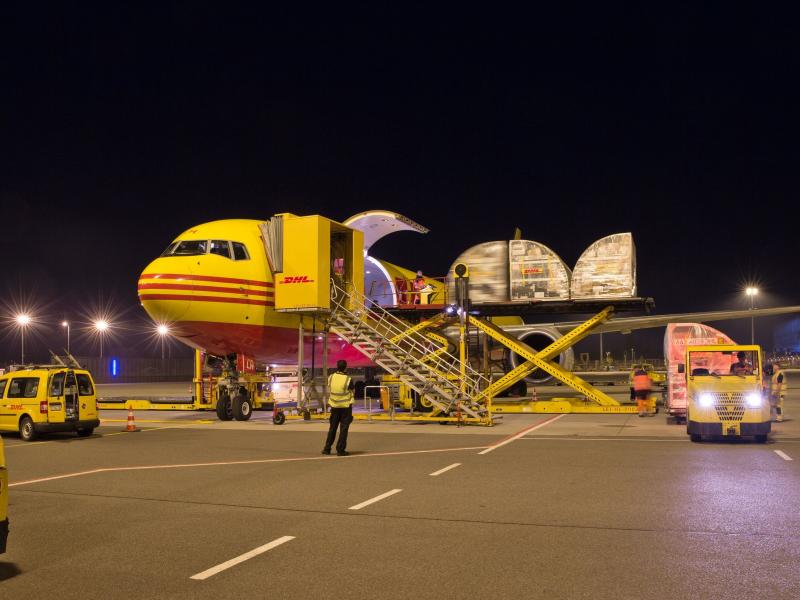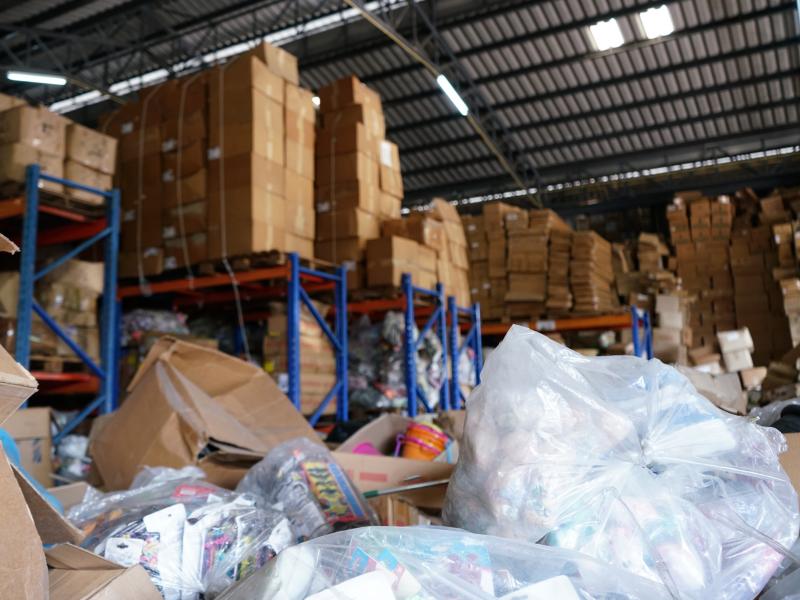Karen Reddington explains what companies should expect of their third party logistics (3PL) providers who manage their global healthcare supply chain risks.
The global healthcare industry is undergoing huge changes led by biological and medical sciences*, with many top tier pharma companies now seeing half their revenue coming from biologics**.
Such unparalleled growth naturally means rising transportation spending, with Asian pharma companies forecast to spend around US$5 billion by 2021 – with a third of total spend directed at global cold chain logistics***.
Yet all too often, the added dimension of risk is downplayed when assessing costs.
Healthcare is a sector where quality, integrity and security of the shipment can be life-changing; where crucial clinical trials can be compromised with just a small change in temperature; where regulatory compliance is not just rising, but constantly shifting. That’s why the answer isn’t always obvious.
If we want to know how much it costs to run an effective healthcare supply chain, we can’t just look at basic needs like price, speed, reliability or security. We have to ask about other factors. What about temperature control? Light sensitivity? Humidity or location?
Like nearly every other area of commerce, healthcare is today a global market. We must proactively mitigate risks from extended supply chains that stretch across more geographic regions and trading partners than ever before.
So what should companies expect of their 3rd party logistics providers who manage their global healthcare supply chain risks?
1. Build a robust operational process and plan for contingencies in advance. A good analysis should compare and validate transportation lanes, modes, contingency planning and protect the integrity of a product during the shipment journey.
2. Adopt best practice and ensure they adhere to industry quality benchmarks. Good Distribution Practices (GDP) and International Air Transport Association (IATA) “gold standard” guidelines should be factored into a set of standard operating procedures (SOPs).
3. Build a distribution solution that best balances costs and quality. FedEx surveys show that quality is by far and away the most important attribute for pharma companies today, who want to assure product stability; better manage risks; and maintain quality.
All these considerations will help in healthcare companies making the right decisions about who they work with to manage their healthcare supply chains.
Karen Reddington is president of FedEx Express, Asia Pacific. This article supplied by FedEx Express.
* “The global market for healthcare analytics reached $6.2 billion in 2016”, Report Buyer, Nov 14, 2017 https://www.prnewswire.com/news-releases/the-global-market-for-healthcare-analytics-reached-62-billion-in-2016-300555923.html
** Approved healthcare presentation, Feb 2018. Note – the source point is slide 6; some of the top tier pharma companies such as Abbott, Roche and Sanofi-Aventis now seeing half their revenue come from biologics.
*** 2017 Biopharma cold chain sourcebook www.pharmaceuticalcommerce.com





